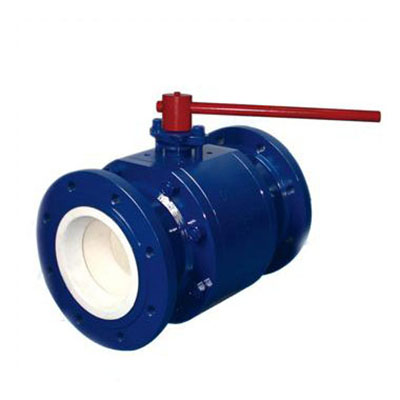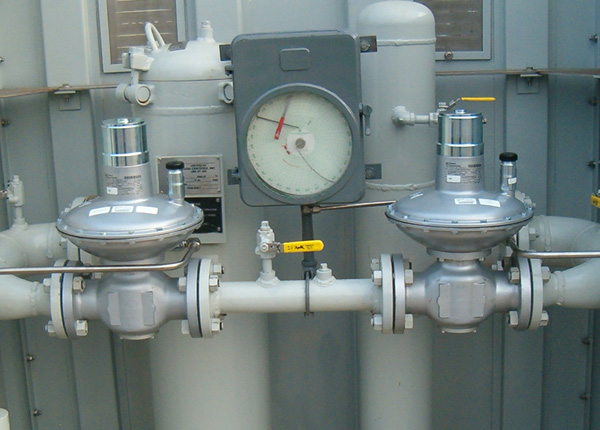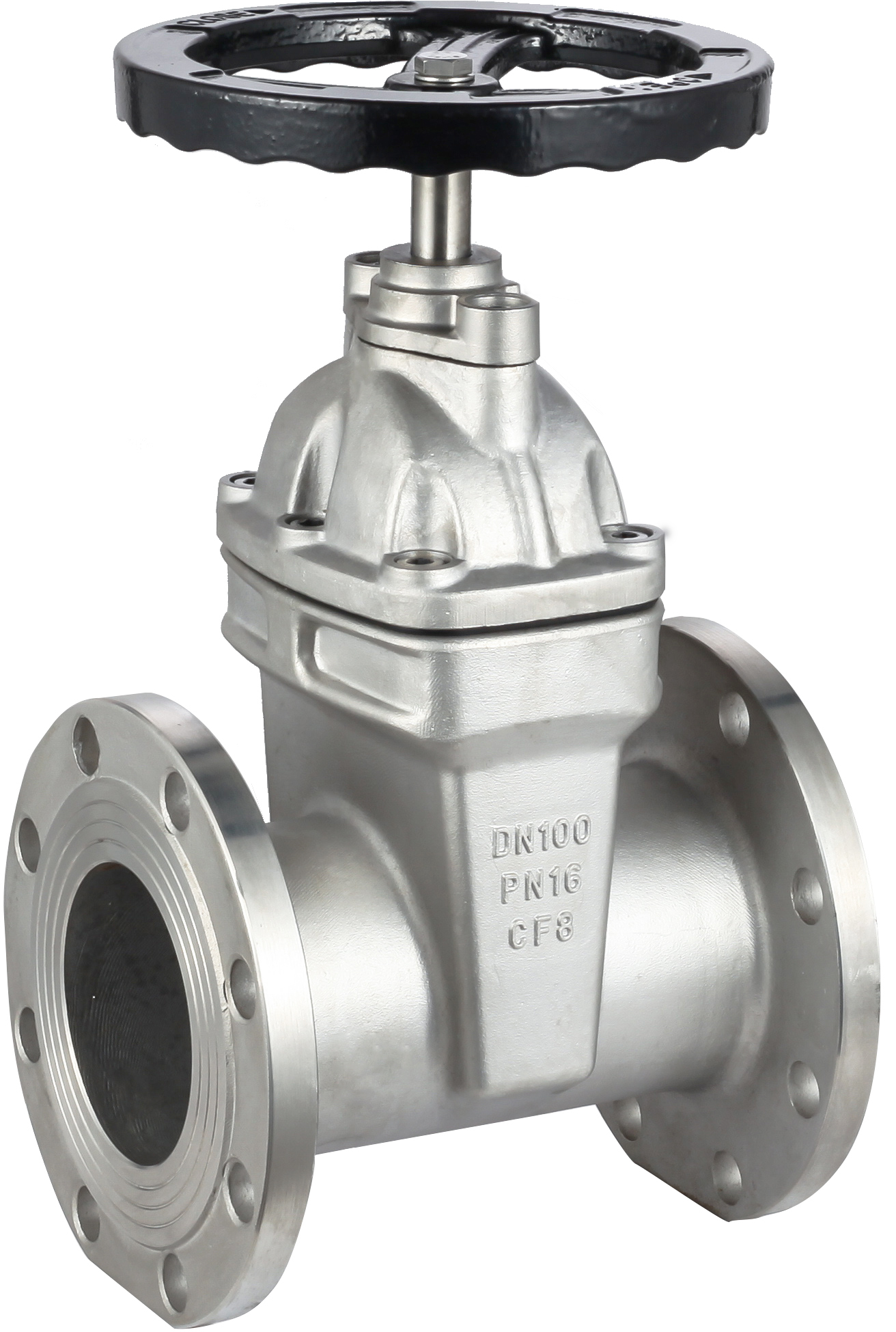Manual ceramic ball valve overview:
Ceramic ball valves have significant features such as strong corrosion resistance, high temperature resistance, wear resistance and erosion resistance. It is widely used in various acid-base salt gas, liquid, high-temperature steam and mud transportation systems in petrochemical, metallurgy, papermaking, power stations, oil refining and other industries. It is an ideal substitute for titanium metal valves and Monel valves in highly corrosive situations. Zirconia ceramic ball valves have the advantages of low cost, high operating economy and long life (2 to 4 times that of titanium valves). Its driving modes include manual, pneumatic, pneumatic-spring return, electric, etc. And various types of special ceramic valves can be designed according to user requirements. It is suitable for various acid, alkali, salt liquid and gas medium environments. The hard-sealed ball valve is especially suitable for particles and fibrous medium environments.
Manual ceramic ball valve technical parameters:
Nominal size of ball valve: DN15~DN200 (0.5”~8”)
Pressure level: PN6~PN40 ANSI 150~300LB (pound level)
Valve body material: carbon steel WCB, A105 stainless steel 304, 316, 304L, 316L
Ball valve trim material: structural ceramics
Structural length standard: GB/T 12221-2005 "Metal valve structural length" ASME B16.10-2000 "Valve face-to-face and end-to-end dimensions"
Connection method: flange connection
GB/T 9113.1 "Flat and raised surface integral steel pipe flanges"
JB/T 79.1-1994 "Raised integral cast steel pipe flange"
ASME B16.5-2009 "Pipe Flanges and Flanged Fittings"
JIS B2220-2004 "Steel Pipe Flange"
Drive mode: manual
Test pressure: 1.5 times nominal pressure for strength test
Sealing test 1.1 times nominal pressure
Ash and slag test 1 times nominal pressure
Ceramic ball valve operating temperature: -20~300℃
Features of manual ceramic ball valve:
The ceramic ball valve body has a three-stage structure, made of carbon steel or stainless steel forgings, with a solid body and beautiful appearance. The internal medium passage part of the valve, the ball, valve seat, and nozzle are all made of structural ceramic materials. Structural ceramics have good chemical stability and high hardness (up to HRA88 or above), can withstand corrosion from most acidic media, and have good wear resistance, solving the problems of wear and corrosion resistance of ordinary metal and plastic valves. The issue of part-time employment. The ceramic internal parts of the valve are reasonably composed of a sphere, two valve seats, and two pipes. The overall structure is simple, the flow path is smooth, and the medium flow resistance is small. The sealing surface between the ball and the valve seat is a spherical hard seal, which is processed using the advanced spherical surface processing technology introduced from Taiwan. It has good surface properties and high true sphericity. Since the structural ceramics are self-cleaning and self-lubricating, the entire valve is sealed It has good performance, reaches zero leakage, and does not require a lot of pressure to seal tightly, thereby reducing the valve stem torque and making the switch smooth.













